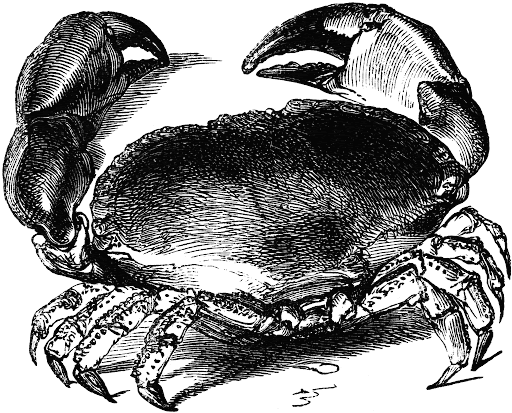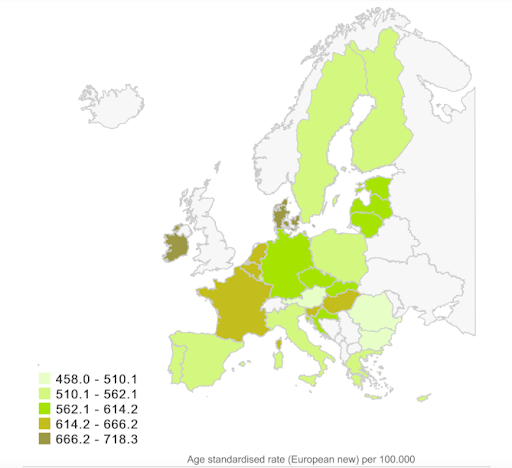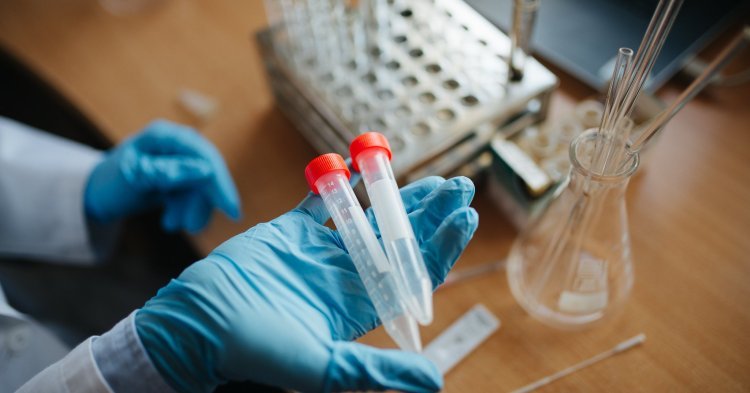The etymology of the word ‘cancer’ shows us that it is connected to the word ‘crab’. Isn’t that wonderful? That such a crazy and difficult to understand pathology comes from an animal really close to most of us humans?

Let’s explore this topic more as we come to the end of Cancer awareness week.
In short, cancer is defined as the arising of the transformation of normal cells into tumor cells in a multi-stage process that generally progresses from a precancerous lesion to a malignant tumor. These changes are the result of a person’s genetic factors and several exogen factors such as physical carcinogen agents such as ultraviolets and ionizing agents, chemical carcinogen agents such as tobacco smoke, alcohol, aflatoxin and arsenic and at the end biological carcinogen agents such as infections from certain viruses, bacteria, or parasites. It is also known that cancer has a link with genetic predispositions and risk of cancer rises dramatically with age - this can also be explained by the fact that the tendency for cells to repair reduces with age.
The EU has made the fight against cancer one of their main challenges, with ambitions to have reached tangible goals by 2030. The EU Mission on Cancer is focused on different steps to tackle and make progress in the battle with cancer. Europe’s Beating Cancer Plan was presented in February 2021 and aimed to support different states of the EU in their political commitment and different actions to ensure a more secure and resilient EU against cancer.

Estimated incidences of cancer by country, 2020. European Commission.
As we can see, rates of cancer remain high across all of the EU countries. People of any gender or age can unfortunately suffer from the illness. It is therefore understandable why the EU made this topic one of the first challenges for the next generations before 2030.
Several statistics justify the focus on cancer: informal care costs were €26 billion and total productivity loss was €70 billion (€50 billion from premature death and €20 billion from comorbidity). There is then huge pressure on those working on cancer research to make a better place for the next generations of Europeans.
EU4Health strategies are therefore based on several points:
– The Mission on Cancer will deliver innovative concepts and solutions for implementing specific parts of Europe’s Beating Cancer Plan, thus going beyond research & innovation.
– The Mission on Cancer will generate knowledge and evidence for the implementation of new actions in the areas of understanding, prevention, diagnosis, treatment, and quality of life.
– The Mission on Cancer will constitute a point of contact with European citizens, who will be fully involved in co-creating specific activities. Citizen engagement activities at national level will represent a real added value for the Cancer Plan, by building trust and dialogue with citizens, and providing direct citizens’ feedback on the proposed initiatives.
– The Cancer Mission Board is part of the overall governance of Europe’s Beating Cancer Plan, and will act as a scientific advisory group during its implementation. The Chair and vice-Chair have observer status in the Member States’ subgroup on cancer21, which consists of experts from health and research ministries.
A thorough understanding of the interventions needed in the next challenges in the battle against cancer are important. These interventions create a comprehensive response to these challenges, seeking to improve the lives of more than 3 million people in different ways such as prevention, cure, and support for families. This can have a huge impact on wellness and longevity of life.
Understanding Cancer: Tumor cells are intelligent, and much more research must be done in order to understand more about the physiopathology tumors: from the gender, the age, and the co-morbid conditions, to the vast differences in one patient’s case to another. Then more collaborative strategies need to be built between industries, cancer research centres, healthcare providers, patient care communities, and even patient groups (to amplify their voices). In the EU, these are still quite distant and don’t yet achieve optimal benefit.
Prevention, screening and early detection: As we already know that 40% of cancers are preventable, prevention is the most cost-efficient long term strategy and as such, more information given to the patients about their daily habits could definitely lead to better results. Health literacy among EU citizens has much room for improvement. As early detection often results in a more effective treatment response, screening is the best way to have faster detection within wide groups of patients and can improve effectiveness of treatments. So, there is more to be done on the 2003 Council recommendations on cancer screening. National screening currently only exists for three cancers (colorectal, breast and cervical) and there is no access yet to targeted populations.
Diagnosis and treatment: Diagnosis is, of course, still a difficult time for most patients, and there is a long journey from the first symptoms to the moment they can finally put a name on their illness. This journey is explained by the vast range of cancer types (200, with many other subtypes). There are difficulties in implementing high standards of diagnosis and care, plus there are a lot of disparities in treatment access - depending on the country - across Europe. We also see that most cancer patients are presented with comorbid conditions that makes access to proper treatment more difficult to obtain.
In this way, the creation of a network of comprehensive cancer infrastructures (CCIs) by 2025 (2021-2025) is the key to a valid assurance scheme for the 27 members of EU. Developing twinning programs (2024-2028) can help ensure a common understanding of excellent care and equity in care access. The development of clinical trial programs on diagnosis (2023-2027) and on treatments (2022-2023) are some other missions assigned to the EU4Health approach.
It is clear that young Europeans are the next generation to make this happen through health advocacy and citizen education. The engagement of more youth could have a huge impact on closing the cancer awareness gap.
For this generation, factors such as social determinants, living in a safe environment, having access to healthy food, physical activity, and less stress in daily activities are already known by many. Social media and fast communication can help to educate those communities that are medically under-researched, and help to improve their health and survival.

Follow the comments: |
|
